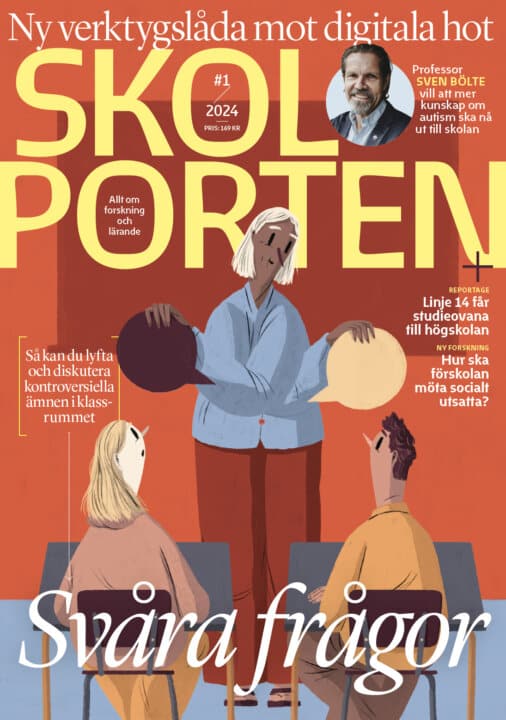Developing narrative competence: Swedish, Swedish-German and Swedish-Turkish children aged 4–6
Josefin Lindgren
Professor Ute Bohnacker, Uppsala universitet
Associate Professor Sharon Unsworth, Radboud University Nijmegen
Uppsala univeristet
2018-05-19
Developing narrative competence: Swedish, Swedish-German and Swedish-Turkish children aged 4–6
Institutionen för lingvistik och filologi
Developing narrative competence: Swedish, Swedish-German and Swedish-Turkish children aged 4–6
This thesis investigates the development of oral narrative competence from age 4 to 6 in Swedish monolinguals (N=72) and in both languages of Swedish-German (N=46) and Swedish-Turkish (N=48) bilinguals growing up in Sweden. Picture-based fictional narratives were elicited with Cat/Dog and Baby Birds/Baby Goats from the Multilingual Assessment Instrument for Narratives (MAIN, Gagarina et al. 2012) and A2/B2 from the Edmonton Narrative Norms Instrument (ENNI, Schneider et al., 2005). Vocabulary, character introduction and narrative macrostructure were studied. Vocabulary production scores on Cross-linguistic lexical tasks (CLTs, Haman et al., 2015) were compared to NDW (number of different words) in narratives. Production of macrostructural components, macrostructural complexity, and answers to comprehension questions were analyzed. Effects of age and differences in performance between groups, between the bilinguals’ two languages, and between narrative tasks were investigated.
Narrative comprehension was high already at age 4, but still developed substantially with age. In contrast, macrostructure in narrative production was at a rudimentary level at age 4. Even at age 6, the narratives contained few complete episodic structures. Children mainly included actions visible in the stimuli and rarely verbalized goals and other macrostructural components that required inferencing. The ability to introduce story characters appropriately developed strongly from age 4 to 6, but stimuli had a large effect on performance. Vocabulary showed most improvement from age 5 to 6. Development with age was clearer for the majority language Swedish than the minority languages German and Turkish, where individual variation was larger.
In Swedish, pronounced differences were found between the bilingual groups. The Swedish-German bilinguals performed similarly to the monolinguals. On most measures, the Swedish-Turkish bilinguals performed lower than the other two groups, though precisely how much varied across measures. Generally, the Swedish-German children performed better in Swedish than in German, whereas the Swedish-Turkish children performed similarly in both languages or slightly higher in Turkish. The study shows that bilinguals’ two languages need not develop in parallel, and that results depend on the tasks and specific measures used. Bilingual groups differ from each other, and it is therefore not meaningful to compare all bilinguals to all monolinguals.
Relaterade länkar

Fritidshem
 Åk F–6
Åk F–6 Matematikångest
 Åk 4–Vux
Åk 4–Vux 






